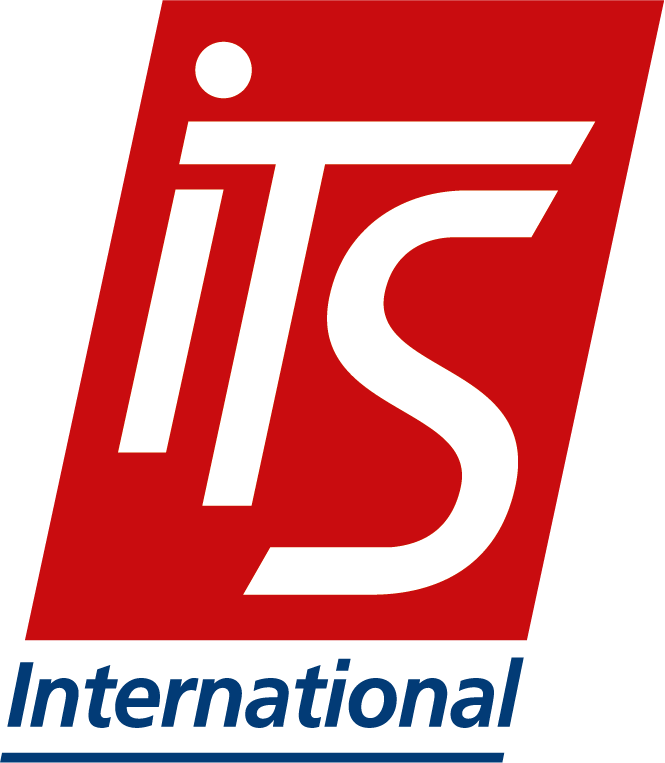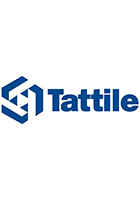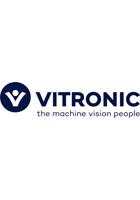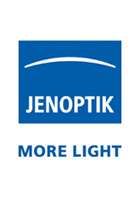
Vitronic’s technology consists of video-based hardware, which includes advanced processors and cameras surpassing human visual capabilities, and software based on neural networks like Convolutional Neural Networks (CNNs). Trained by Vitronic with image material, the CNNs deliver superior performance to algorithms for detection and identification. Straight to the point, they can capture objects more differentiated or more effective within milliseconds.
These AI-based systems can contribute significantly to increased road safety, for example at intersections where the risk of accidents is high. By distinguishing between different road users like pedestrians, cyclists, and vehicles, Vitronic systems enforce traffic rules more effectively, reducing accidents and improving safety.
A further notable innovation is the AI-based automated enforcement system that detects smartphone usage while driving. Given the high accident risk associated with mobile phone distraction, this solution is a game changer. It autonomously monitors vehicles and their drivers identifying those using phones.
In addition, Vitronic’s AI-based solutions not only ensure safer roads, but also play a crucial role in urban traffic optimisation. With challenges like traffic jams and air pollution, AI-enabled systems help to enforce vehicle access regulations like low emission zones and high-occupancy vehicle lanes. The systems generate vehicle data such as licence plate, vehicle type, or number of people in the vehicle and create a database that helps to implement effective regulations.
Vitronic is inviting visitors to check out its innovative solutions for safer and sustainable mobility.
Stand 1.108A




















